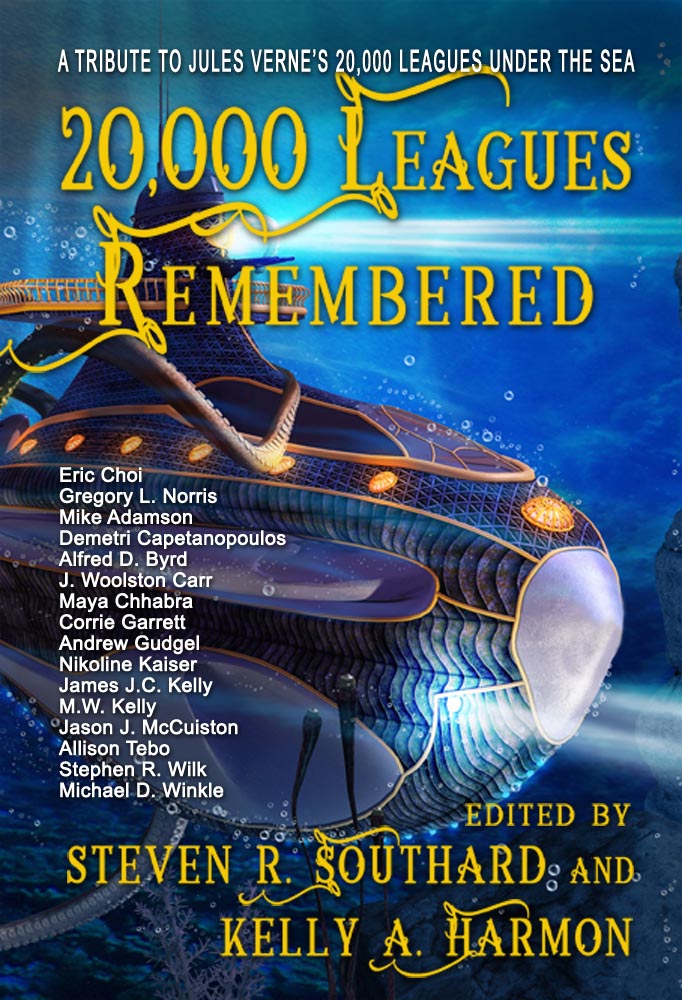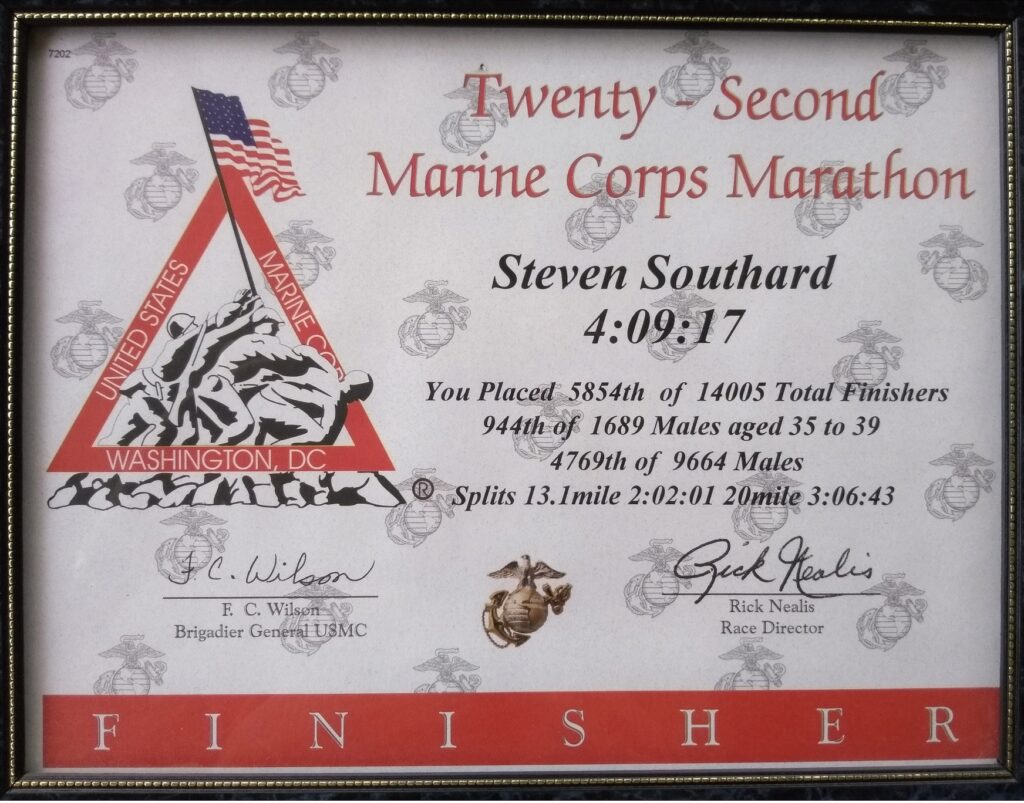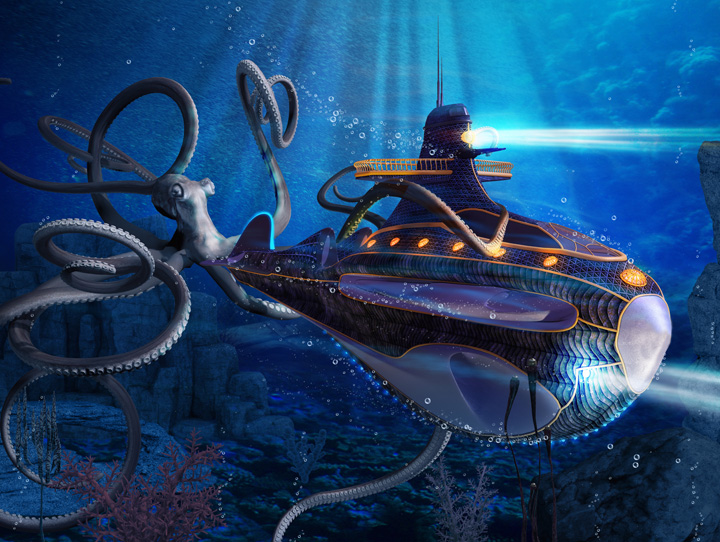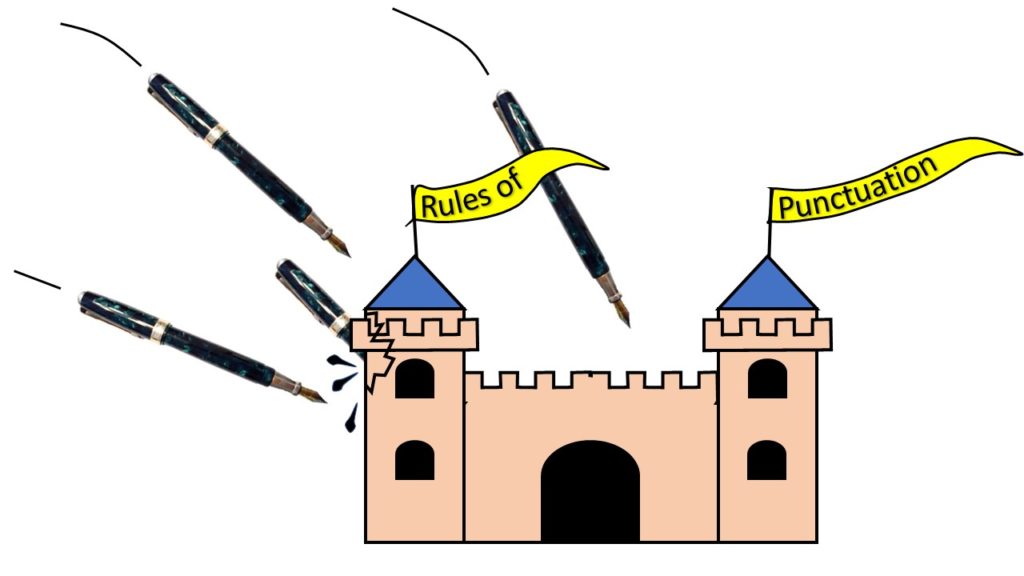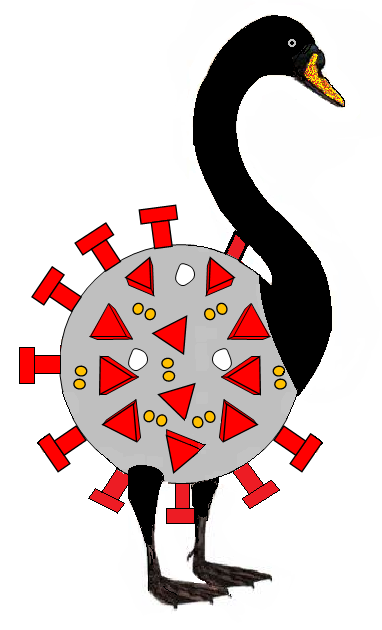Here’s a thought experiment for you. It’s 1868, and your close friend, Jules Verne, is deathly ill. Since you’re an author too, he’s asked you to write a novel in his stead. All he’s got is a concept—a ship that travels underwater—and a title: Twenty Thousand Leagues Under the Sea. You cannot refuse your friend. What will your novel be like?

Remember, nobody has ever written a novel involving a submarine. Yours will be the first. You jot down some plot ideas:
- A single nation is the first to build and use a working military submarine. Perhaps it’s your beloved France; or the mighty seapower, Great Britain; or the science-loving and adventurous United States.
- Some wealthy and inventive person builds a submarine and uses it purely for exploration and the advancement of Science.
- A wealthy and evil man builds a submarine and uses it for vengeance against those who have wronged him.
- A man is convinced Atlantis exists, and builds a submarine to search for it.
- A sailor lost someone close (a brother?) to a specific and recognizable giant squid, and builds a submarine to pursue and destroy the creature. (If Melville’s Moby-Dick was successful, this could be too.)
- Perhaps combine the scientist and the vengeance-obsessed pirate, and tell the story from his (or her?) point of view.
- A sailor falls in love with a woman he believes is a mermaid, but she dives underwater. He builds a submarine and travels 20,000 leagues in search of her.
- A treasure-hunter builds a submarine and recovers gold and other valuables from sunken ships.
- A nation announces a huge prize for whichever privately-built submarine wins a 20,000-league race.
- A clever criminal builds a submarine and robs banks along various coasts, escaping underwater. A detective hero must track him down.
After an hour, you’ve written down these ideas and another 20 more. Now you must select the best one. Will your eventual novel be as good as the one Jules would have written, had he not become ill?
We’ll never know, of course. It’s just a thought experiment. In real life, Verne wrote his marvelous novel himself, without your help. For its first publication, it was serialized in the Magasin d’éducation et de recreation, edited by Pierre-Jules Hetzel. The issue containing the final chapter came out on June 20, 1870.
That means June 20 of this year, just 13 days from now, is the 150th anniversary, the sesquicentennial, of that undersea classic. To commemorate this date, I’ve partnered with Kelly A. Harmon, Senior Editor at Pole to Pole Publishing, to edit an anthology of short stories inspired by Verne’s masterwork.
Titled 20,000 Leagues Remembered, it will launch on June 20. We’ve chosen 16 wonderful stories for the volume, each taking a different approach, but all born from a love of Jules Verne’s fantastic adventure novel. Each one captures some aspect of the adventure, the wonder, and the drama of Twenty Thousand Leagues.
Perhaps Verne’s book is no longer new to you, but these 16 stories will be. Beginning on June 20, you’ll be able to buy the ebook version of our anthology at Pole to Pole Publishing’s website or at other online booksellers. Pole to Pole will put out a paperback print version as soon as possible after that.
Back to that thought experiment. I’m sure you thought of some possible story ideas yourself, in addition to the ones I listed. Feel free to add a comment to this blogpost, sharing one or more of your ideas with—
Poseidon’s Scribe

